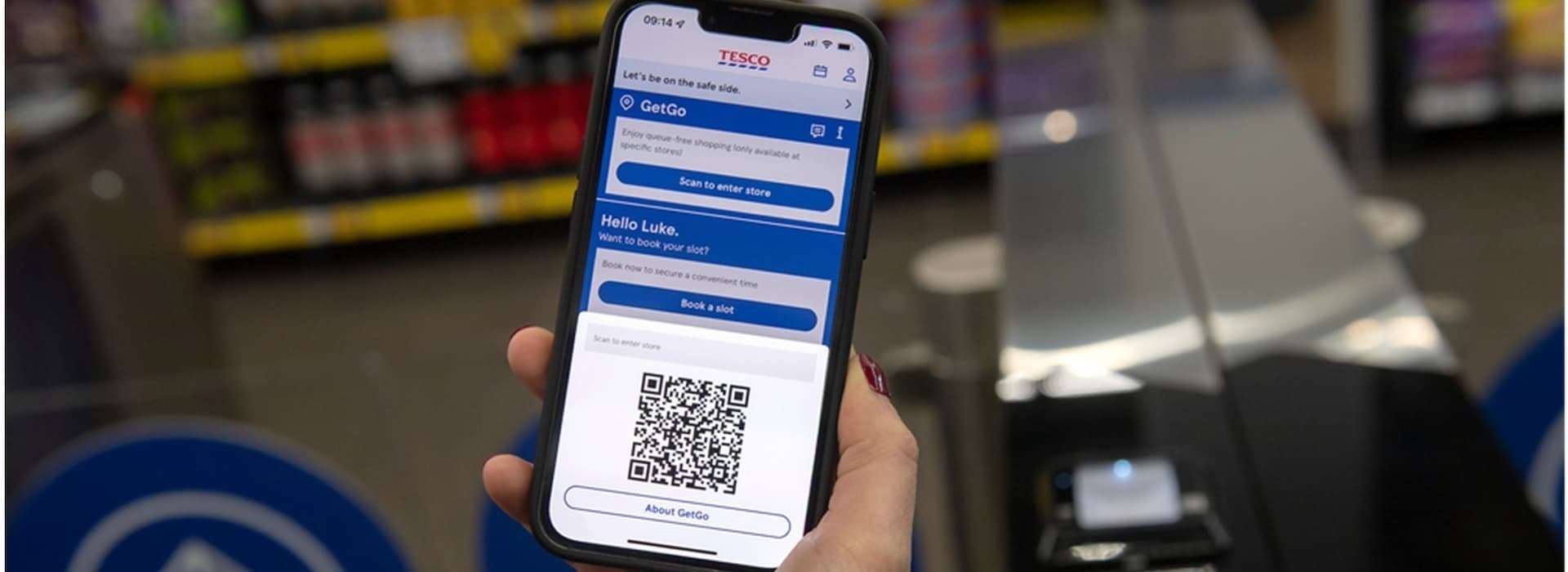Why retailers must think circular to build back better
By Stephen Jamieson, Head of Sustainable Business Innovation, EMEA North, SAP
It’s easier to prioritise running a more sustainable business when business is good.
But when you’re fighting for every order and reducing overhead costs wherever possible, sustainability can feel like a luxury rather than an essential.
However, any retailer not looking into this as a key business priority - from a moral as well as a financial and regulatory perspective - is not preparing for a long-term recovery.
The world’s attention has understandably been diverted this year, but the warming of the planet remains the existential challenge of our lifetime. And the retail industry is central to addressing that challenge.
The charity group Waste & Resource Action Programme (WRAP) estimates that the food and drink industry contributes 25% to the UK’s Carbon footprint, while clothing and textiles contribute 80% to the UK’s water footprint and electricals comprise 40% of household waste.
Any ambition to ‘Build Back Better’ as we recover from the economic devastation wreaked by the Coronavirus, must include efforts to build back greener.
The retail industry recognises this. In November, as part of its Climate Action Roadmap, the BRC announced a new industry target to reach zero carbon emissions by 2040.
The roadmap includes supply chains as well as retail itself. It starts with decarbonising stores by 2030, deliveries by 2035 and products by 2040.
Within this commitment there is a hard reality that we all must face, which is that if we are to make any meaningful impact, we must consume less. Fortunately, growth and sustainability aren’t mutually exclusive.
In fact, WRAP estimates that a shift to a more circular economy in the UK could create between 200,000 and 500,000 jobs by 2030.
An introduction to the circular economy - new constraints inspire radical innovation
For the uninitiated, the circular economy involves looking at the whole lifecycle of a product or service and the materials that go into making that product. The goal of the circular economy is to reduce the use of finite resources and ultimately, design waste out of the system.
Businesses across industries and of all sizes are recognising the benefits of circularity – from an environmental as well as a financial perspective.
Earlier this year, a number of retailers including Ikea and BrewDog joined the London Design Festival’s (LDF) Circular Design Project. They discussed how they were introducing circularity into their business models.
“When you’re fighting for every order and reducing overhead costs wherever possible, sustainability can feel like a luxury rather than an essential. However, any retailer not looking into this as a key business priority - from a moral as well as a financial and regulatory perspective - is not preparing for a long-term recovery”
For Ikea this involved spending the last year evaluating each of its almost 10,000 products to determine how it would need to alter them to make them circular.
This is no mean feat, as it involved looking at the whole life cycle of the products - from where the raw materials for the products were sourced to how they would be used and potentially disposed.
BrewDog discussed its Net Zero Carbon plan and how it is working to drive waste out of its business and find ways to maximise the use of by-products and packaging.
The brewery and pub chain started by looking at what happens to the materials that are handled by its recycling and waste management partners.
Using data provided by SAP and Topolytics, it was able to get a clear view of where its materials go once distributed, and critically, what happens to them - in real-time. The resulting insights feed into its zero waste plan and its drive to be completely transparent and open in everything it does.
The power of data to build the circular economy
In both these examples, data and digitalisation play a huge role in implementing a circular model and determining its impact. Sustainability must be designed into products and business processes across the supply chain.
Fortunately, today’s designers have access to a wealth of data and information as well as new technologies like artificial intelligence (AI), robotics and the IoT to support, inform and enhance their work.
Data transparency can help retailers save money by identifying inefficiencies, obstacles and gaps between the design, production, distribution and waste processes.
Designers can apply learnings from across the lifecycle of a product and bring those back to core systems to inform the entire value chain. These insights are especially critical in a turbulent economy with changing customer behaviours and demands.
With the hope of some light at the end of the pandemic tunnel, retailers are now looking to recovery in a retail landscape that is markedly different from where we were just a year ago.
Consumer shopping patterns have changed, and government and industry sustainability regulations will no doubt come into play.
Those that embrace the technology enabling circular economy principles will not only be able to meet new sustainability regulations, they will also be providing products and services that are truly sustainable and increasingly valued by shoppers.
That will create a better, more sustainable future for all of us, including retailers.










